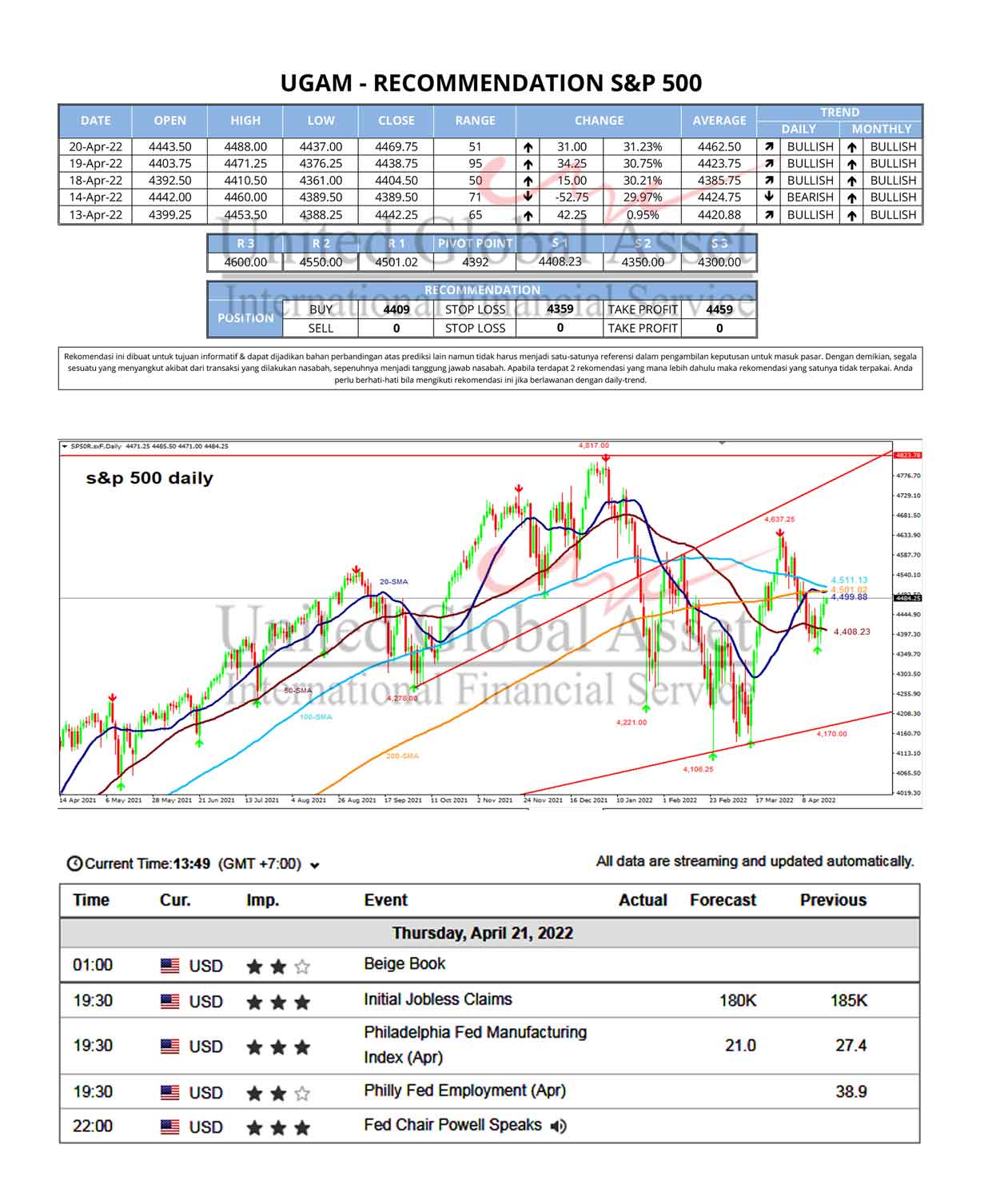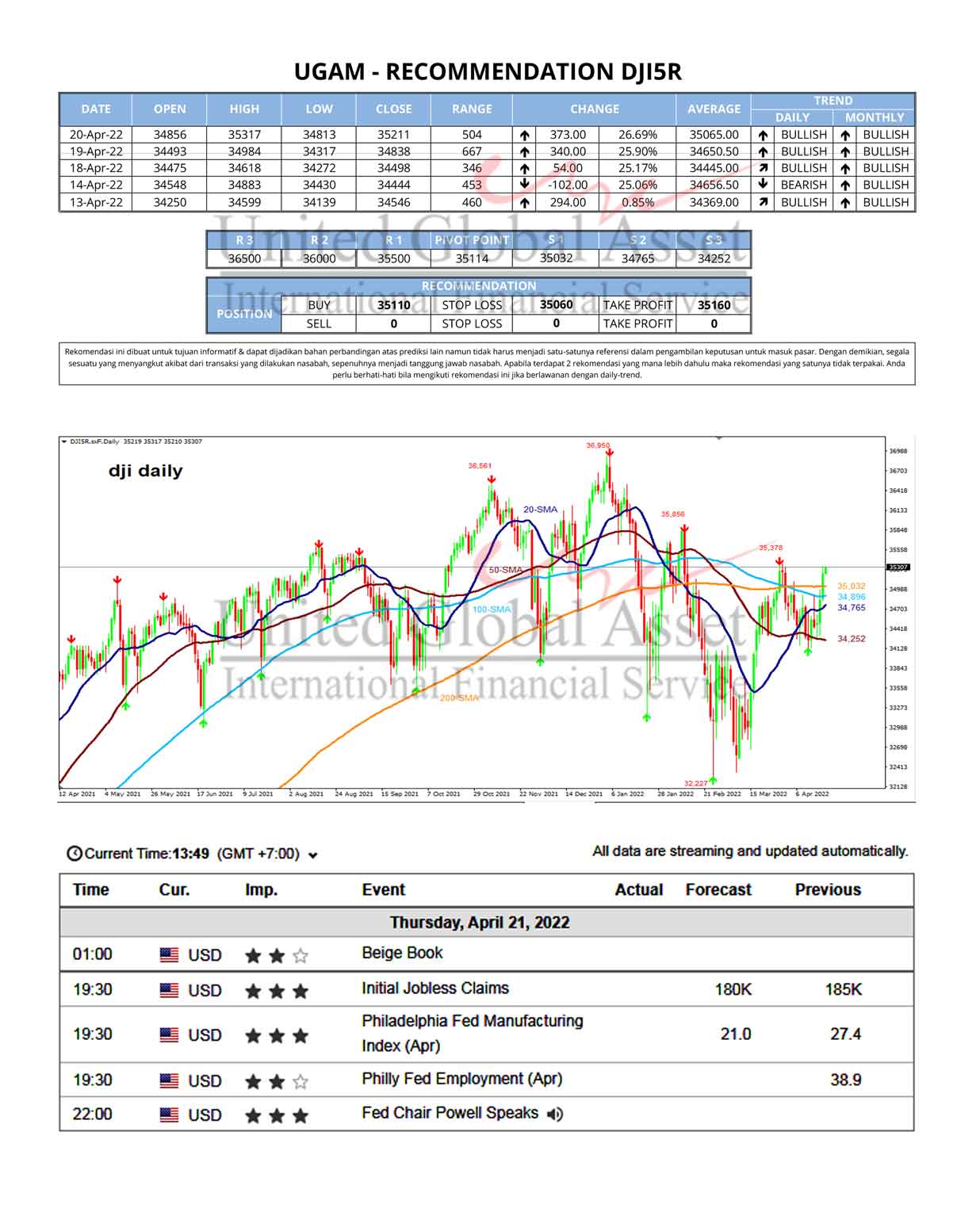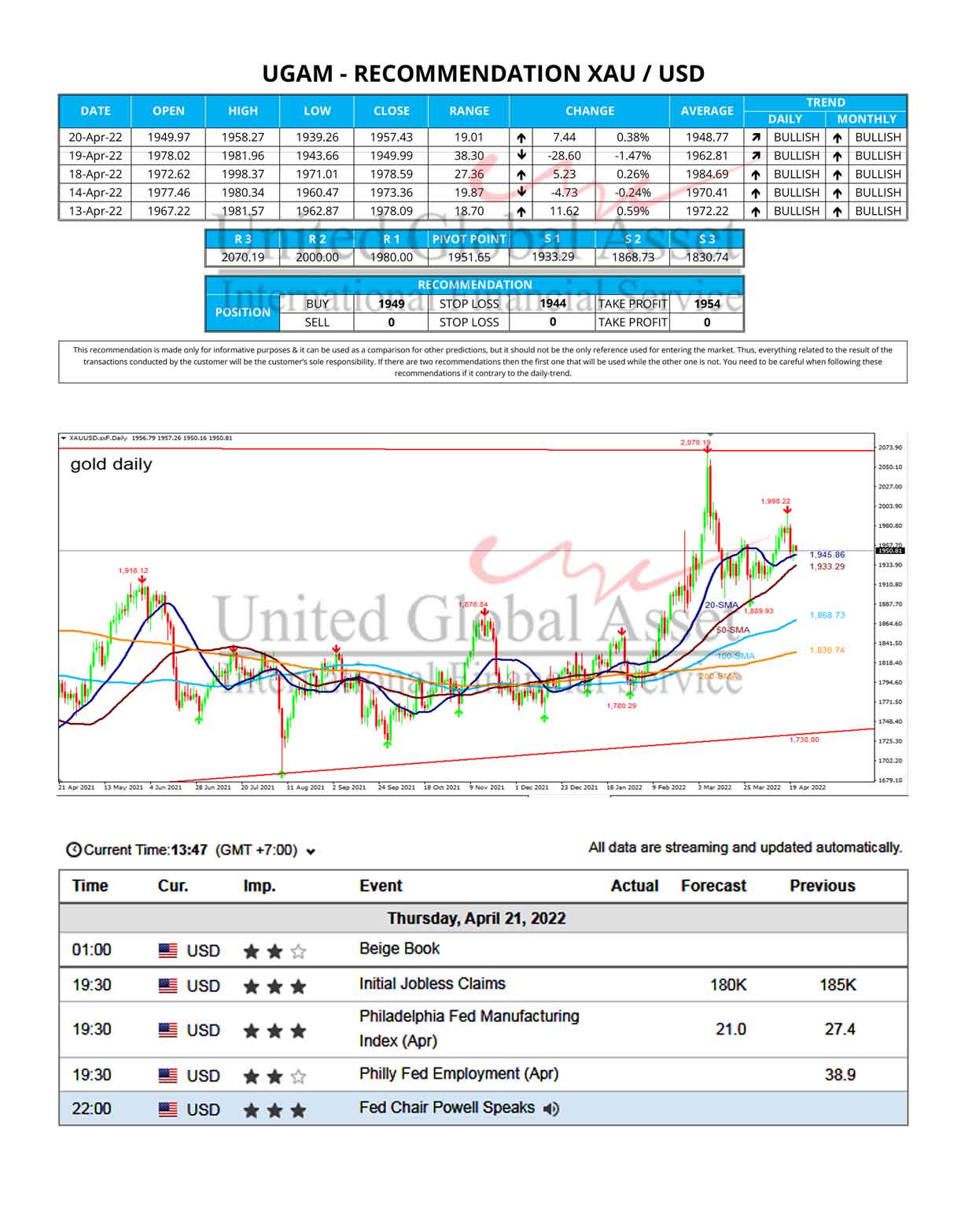Fundamental News - OIL
West Texas Intermediary (WTI), surged back above the $62.70 level into the 04:30 EET close of futures trade, ending Monday’s session up more than $3.00, having rallied from below the $59.00 level. That’s a 5.5% intra-day rally, WTI’s biggest one day gain since 9 November, when Pfizer first released their data showing their vaccine was highly effective against Covid-19. Monday’s rally, impressive though it was, was not enough to take it back to cycle highs set last Thursday at $62.25, with WTI setting Monday highs at $62.19.
The macro backdrop remains supportive for the crude oil complex; though the US passed the grim 500K Covid-19 deaths milestone on Monday, the rate of new infections, hospitalisations and deaths continues to drop, as is the case in other major developed market economies (such as the UK and EU). Meanwhile, global Covid-19 vaccine rollouts continue to accelerate and the trend seems to be towards reopening rather than locking down, with optimism in the UK after PM Boris Johnson unveiled the government’s four-stage “roadmap to recovery” reopening plan.
Bullish crude oil price forecasts from tier one US banks also seem to have helped. The latest comes from Morgan Stanley and seemed to help power WTI back to the north of $62.00 just before the futures trade pause at 00:00 EET; the bank expects WTI to average $62.50 in Q2 (upgraded from the previous forecast of $52.50) and then $67.50 in Q3 (upgraded from the previous forecast of $57.50). The bank commented that the oil market has been undersupplied by 2.8M barrels per day so far in 2021.
Separately, and earlier in the day, Goldman Sachs brought forward its bullish crude oil forecasts and now sees Brent crude oil reaching $70.00 in Q2 and then $75.00 in Q3 (Brent currently trades just under $65). The bank upgraded its forecast for global crude oil demand to 100M barrels per day by late-July and stated that its base case for the March OPEC+ meeting is for the cartel to agree to increase production by 500K and for the Saudis to reverse confirm that they will be reversing their 1M barrel per day voluntary cut.
Elsewhere, last week’s optimism that officials from the US and Iran might be able to find themselves together on an informal negotiations table, perhaps mediated by the EU, seems to have waned and this seems to have been another factor helping crude oil markets (given it lowers expectations that a deal will be made that unlocks restricted Iranian crude oil exports). The two sides seem stuck; the US wants to talk before it eases current sanctions while Iran wants sanctions eased before it will agree to talk. Iranian officials have also indicated that the country plans to enrich uranium to 60%, souring the prospects for talks.
Meanwhile, the notion that US supply will take a little longer to return back to normal than expected following last week’s extraordinary weather-related disruptions seems to have been one another factor supporting crude oil markets on Monday; about 15% of the country’s output remains offline, according to S&P Global Platts. An exact timeline for the return of this production is as of yet unclear, though according to sources cited by Reuters, a full return could take more than two weeks.
Looking ahead, weekly US inventory data will be closely watched by crude oil traders, as is typically the case, though this week’s release will reflect last week’s weather-related disruptions and exactly how this will affect the data is as of yet unclear. Chatter is also doing the rounds about a potential clash between Saudi Arabia and Russia regarding production cuts and thus it is worth continuing to monitor commentary from energy officials from both countries.




